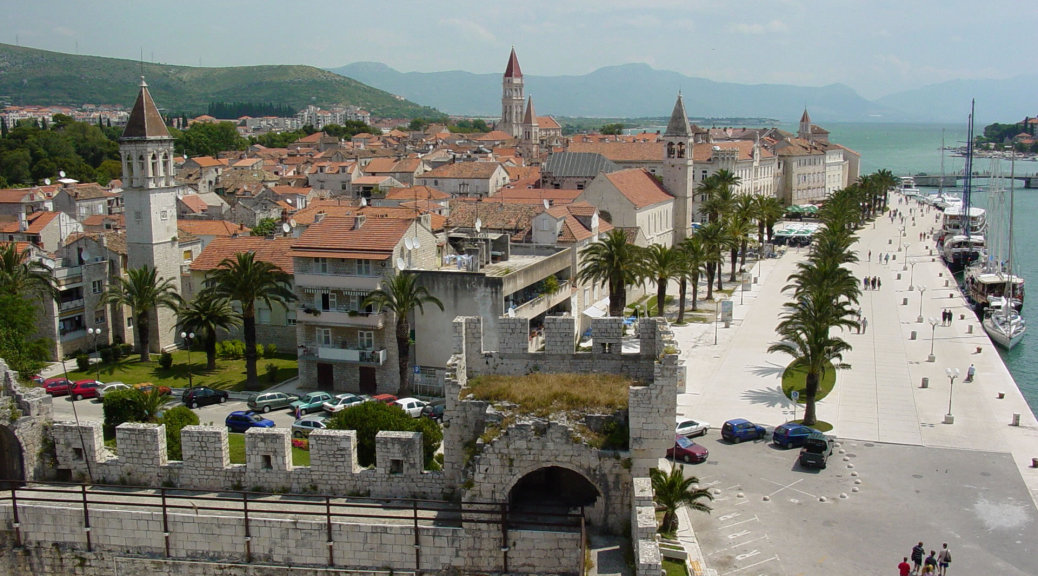Croatia is known for its beautiful nature, crystal-clear sea, delicious food and rich culture. With only 56,594 square kilometers or 21,851 square miles, this small country located at the crossroads of Central Europe, the Balkans, and the Mediterranean has it all.
It’s full of important monuments of cultural and historic heritage. This was also recognized by UNESCO so by this day there are seven protected locations because of their exceptional value.
Historical Complex of Split with the Palace of Diocletian and the Old City of Dubrovnik were the first two sites recognized by UNESCO along with Plitvice Lakes in 1979. Since then, the Episcopal Complex of the Euphrasian Basilica in the Centre of Poreč, Historic City of Trogir, Stari Grad Plain and St. James Cathedral in Šibenik were added to the list.
Sixteen other properties across the country have been submitted to UNESCO and are currently waiting evaluation on the tentative list. Interestingly enough, one of the most recognizable and best preserved ancient monuments of the country – the Amphitheater in Pula, is still not on the list but it stays one of the most amazing examples of the country’s riches.
But the list doesn’t stop only on protected monuments and sites. St.Blaise Celebration Day, lace-making in Lepoglava, Hvar and Pag, bellmen from the area of Kastav, the cross procession, overtone (two-part) singing and playing in the Istrian scale, spring procession of Ljelje (Queens), traditional manufacturing of wooden toys from Hrvatsko zagorje, gingerbread craft from northern Croatia – Licitar, ojkanje singing, knights’ tournament in Sinj – Sinjska alka, Bećarac singing and playing from Eastern Croatia, silent circle dance of the Dalmatian hinterland – Nijemo Kolo are all on the UNESCO Intangible cultural heritage list. Most recent addition is Klapa group singing.
All that makes Croatia a country with one of the biggest number of protected non-material cultural phenomena in Europe.
